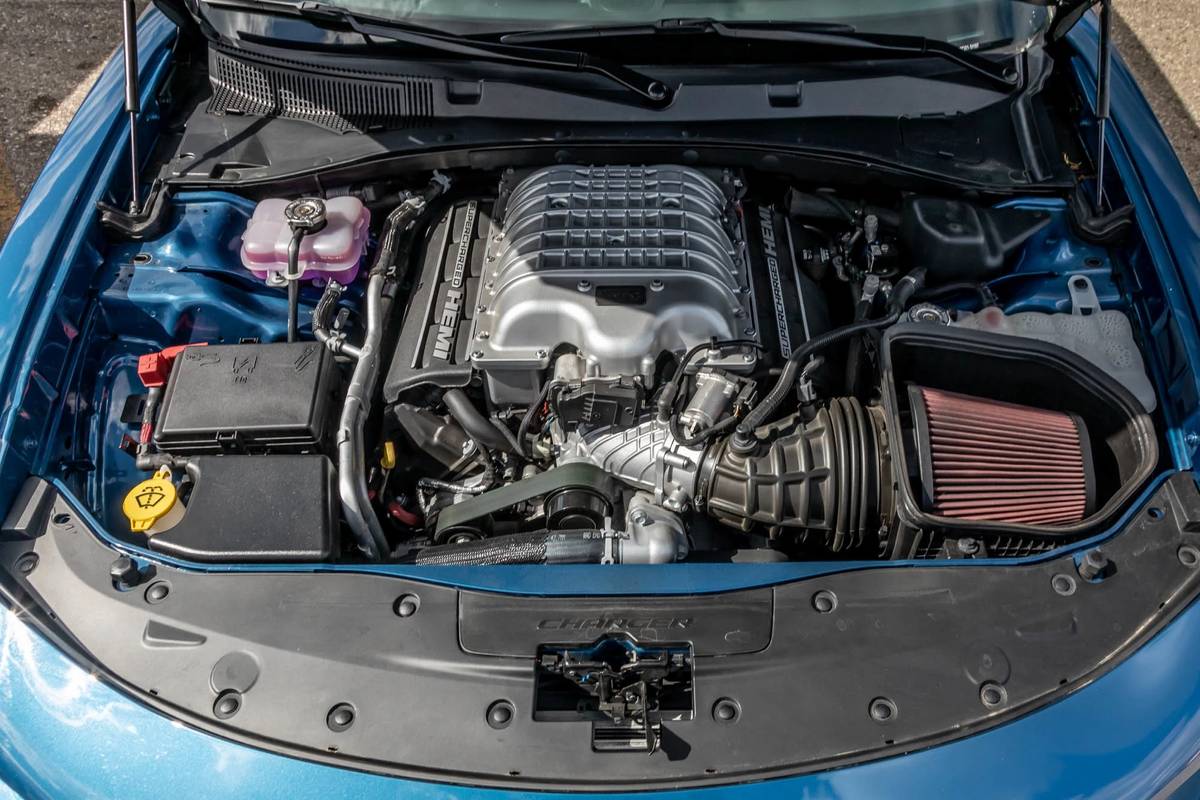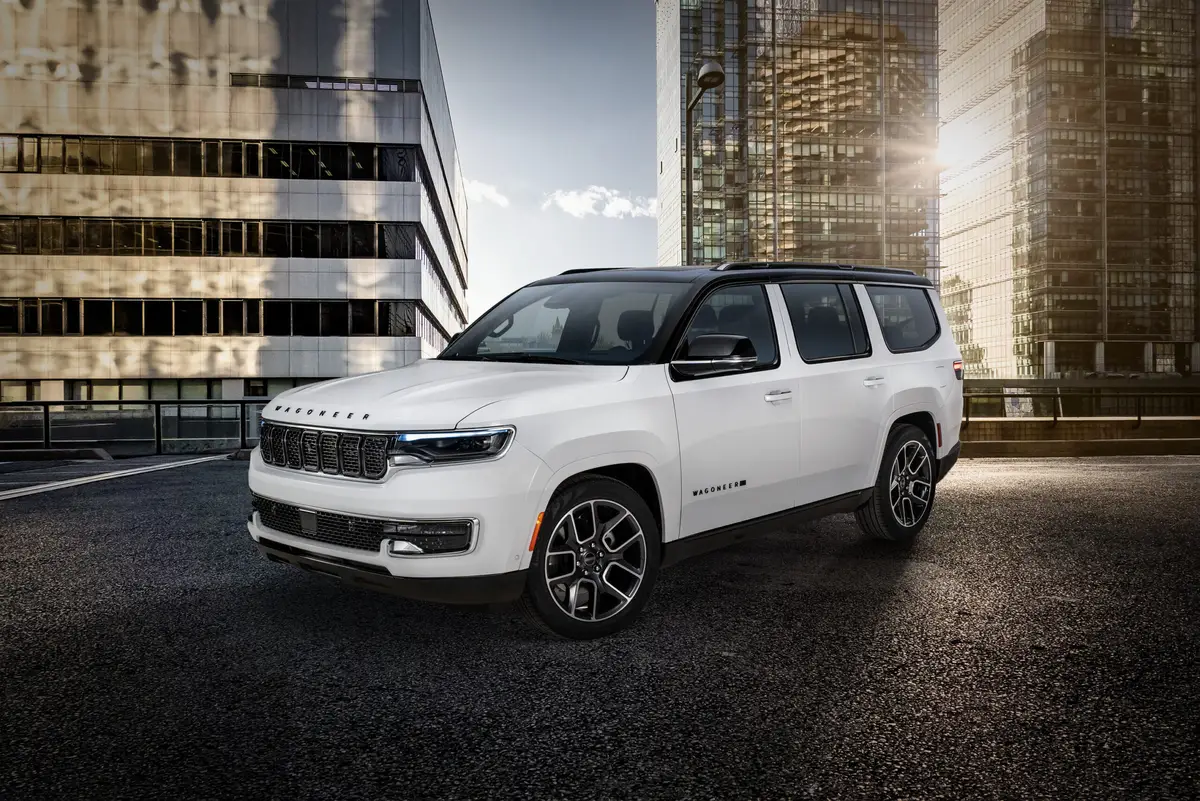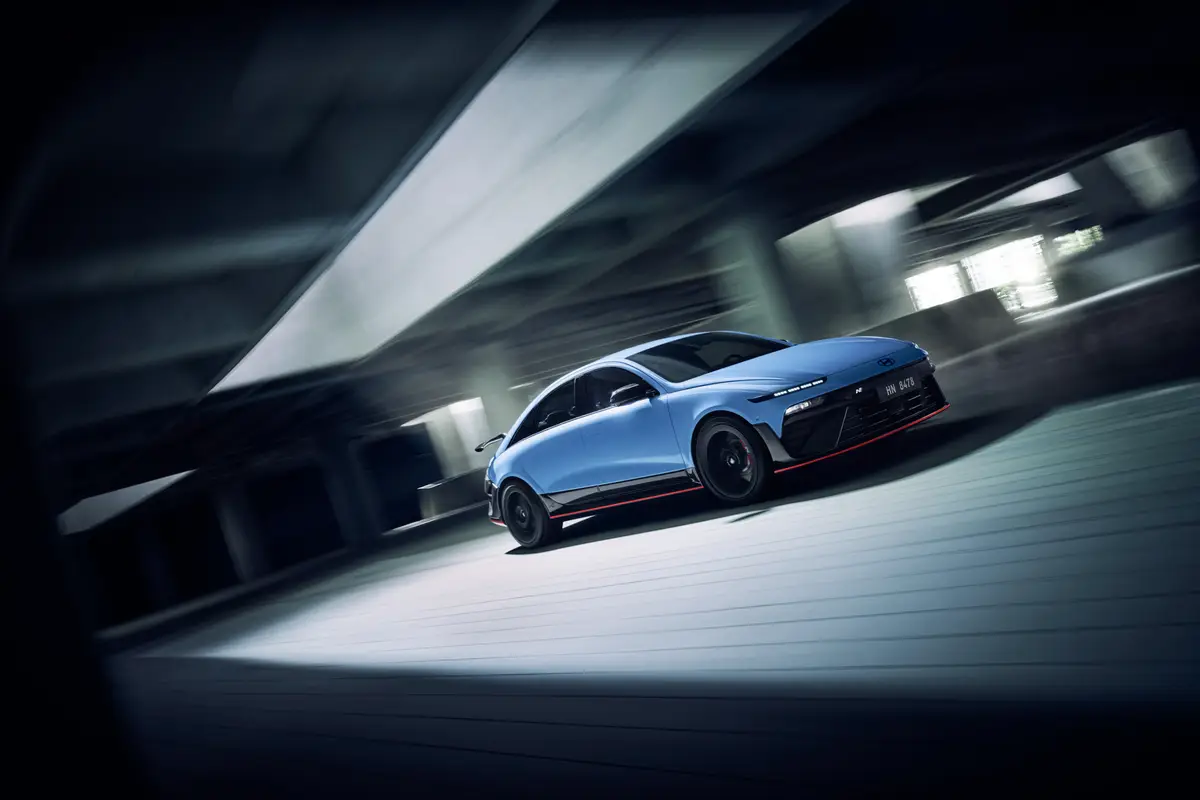washingtonpost.com's view
I chose to remain on the road, the paved thoroughfares stretching from city to suburb to exurb to genuine countryside.
I could have gone off-road in the 2007 Toyota FJ Cruiser compact sport-utility vehicle. But it just did not seem right to disturb the verdant tranquility of those places. Besides, the developers would be around tearing them up soon enough.
In that regard, the FJ Cruiser is a motorized conundrum, a marvelous bit of engineering at once simple and complicated, capable of conquering the most inhospitable terrain but actually designed to appeal to the outdoor fantasies of the urban elite.
Were it a human being, it would be a male intellectual with a Harvard or MIT degree who, self-conscious about his mental prowess, thinking that it made him seem soft in the eyes of real men, would much prefer talking about his stellar performance in rugby or some other sport requiring close physical contact.
It is why the FJ Cruiser, deliberately retrospective in demeanor, a stylistic throwback to the square-bodied, white-topped FJ sport-utility vehicles that both ruled and ruined the tundra from 1960 to 1983, is available as a rear-wheel-drive or a four-wheel-drive vehicle.
Had Toyota’s claim been true — that the born-again FJ Cruiser is a niche mobile meant for the few among us who actually drive off-road — the company would have offered it in four-wheel-drive only.
But marketing has its own truth. And its basic tenets are that sex and image sell. The FJ Cruiser looks rugged standing still. Rugged is sexy. It speaks to stamina.
If you want the image without the extra hardware and the attendant costs of buying, operating and maintaining that hardware, you get the rear-wheel-drive instead of the four-wheel-drive FJ.
But if you truly want to traverse Brokeback Mountain, or cross the Continental Divide, you get the four-wheel-drive version and its related accouterment.
Toyota’s strategy here isn’t to service a niche. Its aim is to take market share away from General Motors Corp.’s surprisingly successful H3, a mini-Hummer that has conquered the hearts without destroying the pockets of the look-tough, off-road-means-grass-and-gravel driving crowd.
Toyota will be successful. How successful remains to be seen. But I’m willing to bet that the new FJ Cruiser will do considerably better than the “40,000 annually” Toyota executives said they hope to sell. Here’s why:
The FJ Cruiser looks good in looking purposeful. Shortly after getting into the vehicle in Northern Virginia, I was stopped by law-enforcement officers who just wanted to take a closer look at the thing. When I told them that the starting price for the base rear-wheel-drive model was under $22,000, they were shocked. I felt that if they hadn’t been on duty, they would have driven off in haste in pursuit of the nearest Toyota dealer.
The FJ Cruiser’s interior gives “Spartan” a good name. It is simple, highly functional and wearable in terms of its ability to be scrubbed and cleaned repeatedly without the least bit of harm. Yet, at the same time, the FJ Cruiser’s interior looks good, feels safe. It’s almost nurturing — makes you feel that it’s exactly where you’d want to be in a rainstorm on a lonely highway at night. Fit and finish quality, which are excellent, contribute to that feeling. But it’s also supported by tried and true Toyota technology, such as its four-liter, 239-horsepower V-6 engine, which is used in a variety of Toyota trucks.
The six-speed manual gearbox in the test vehicle shifts easily, intuitively. The hi-lo gear selector for four-wheel drive works well. I mean, goodness, you put on a pair of boots and jeans and an Orvis jacket and climb into this one, you suddenly feel like you’re King of the Wild Places, although you’re surrounded by skyscrapers and shopping centers.
Nuts & Bolts
2007 Toyota FJ Cruiser
Complaints: The four-wheel-drive version makes no sense for regular city use, especially if your city is in a temperate zone, or in a place where it sometimes snows but mostly doesn’t. City drivers should stick with the rear-wheel-drive version and leave four-wheel drive to runners of mountains, crossers of streams and others devoted to fulfillment of rugged outdoor dreams.
Ride, acceleration and handling: Again, I drove the test vehicle only on regular roads, where the FJ Cruiser behaved admirably in all respects.
Head-turning quotient: High! I’ve never met so many friendly law-enforcement people in my life. The police loved it!
Body style/layout: The FJ Cruiser is a compact, front-engine sport-utility vehicle available with rear-wheel drive or full-time four-wheel drive. It has two large side doors up front and two small side doors for rear-passenger exit and entry. There’s a liftgate in back.
Engine: It’s equipped with a standard four-liter, 24-valve V-6 engine that develops 239 horsepower at 5,200 revolutions per minute and 278 foot-pounds of torque at 3,700 rpm. A six-speed manual transmission is standard. A five-speed automatic is optional.
Capacities: The FJ Cruiser has seating for five people. Maximum cargo capacity is 67 cubic feet. Maximum payload, what it can carry onboard, is 1,325 pounds. It can be equipped to tow up to 5,000 pounds. The fuel tank holds 19 gallons of required premium unleaded gasoline.
Mileage: I averaged 15 miles per gallon mostly in city driving.
Safety: Traction and stability control are available, along with four-wheel disc brakes with antilock protection. Reality check for adventurous parents: The FJ Cruiser also comes with child safety-seat anchors for driving to off-road occasions such as family picnics at local parks.
Price: Base price for the tested FJ Cruiser with four-wheel drive and six-speed automatic transmission is $22,890. Dealer’s base price is $20,827. Price as tested is $26,700, including $3,205 in options (traction and stability control, head-curtain air bags, 17-inch aluminum wheels, sound system with six-disc CD player) and a $605 destination charge. Dealer’s price as tested is $24,008.
Purse-strings note: It’s a buy. Compare with Hummer H3.
Latest news



